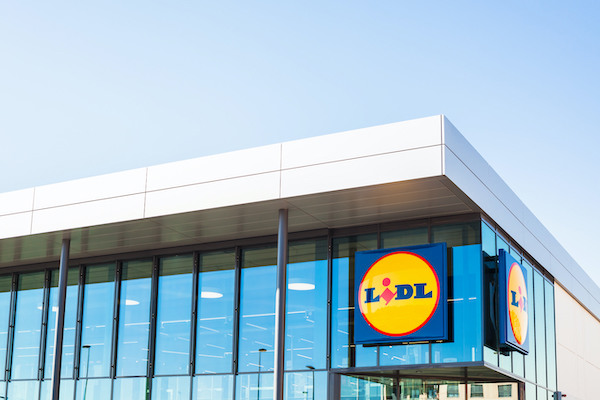Discount retailer Lidl has announced that they plan to open 50 new stores by the end of 2021. These stores are to be located throughout the eastern seaboard, where their existing 100 locations are already thriving. Anne-Marie Roerink of 210 Analytics shares: “I’m not surprised by this announcement. Lidl rightfully took their time to understand the American market which is very different from the European market. Trips are smaller and baskets are larger, which means that shelf-life becomes more important. Clearly they are starting to penetrate the marketplace up and down the eastern seaboard.”

Effects on surrounding retailers
As a discount retailer, Lidl’s everyday prices are much lower than those of other retailers. Similar to Aldi, Lidl does not adhere to the traditional supermarket model, which allows them to have a much lower overhead, and therefore be able to offer lower prices. Roerink explains: “They aren’t service-oriented and have a much smaller assortment, both in produce and overall. When you don’t have to stock hundreds of produce items but can instead focus on the fast-moving high household penetration basics, you have a big advantage. Lidl and Aldi jump on favorable seasonal items but are not necessary expected to carry any and all items. This helps with velocity, shrink, margins, buying terms, etc. Additionally, they have much fewer associates, which is usually the number one expense for regular retail. All of this allows them to offer these low prices.”
When the retailer across the street offers their products at a lower price, this puts pressure on the surrounding retailers. This is exactly what has been observed in the past and will likely be seen again with the additions of the new Lidl stores. “Each time Lidl, or Aldi for that matter, moves into a new market, we see the effect on pricing in the surrounding stores. Retailers keep very close track of their price levels versus those of retailers up and down the street. At times, we see retailers start to run more aggressive promotions on key items, while others choose to drop their everyday price a little to have a smaller gap with the extreme discounters. To date, market entry by Lidl has had a downward pressure on pricing in the market by several percentage points as other retailers have to respond. Others choose not to compete in price, but instead highlight their much deeper variety, their local or organic assortment, quality, service, seasonal assortment, and more,” Roerink shares.
Economic pressure means opportunity for discounters
The expansion of Lidl in the United States is accompanied by an ongoing expansion of Aldi, who have committed to adding 70 stores to their chain by the end of 2020. “Aldi is now among the biggest chains in the U.S.,” Roerink says. “They have done a tremendous job in growing a very loyal customer base across the country with their everyday low pricing and the weekly special items, not unlike their presence in Europe.”
Due to the pandemic, unemployment rates have risen in the US as well as throughout the world. Additionally, many businesses are forced to declare bankruptcy due to their inability to operate because of pandemic restrictions. In this economic climate, a major expansion like the one Lidl has announced might seem out of place, but according to Roerink it is actually very logical: “The everyday low pricing model of Lidl and Aldi is very attractive in today’s difficult economic times. The idea of price is crucial in today’s marketplace. We haven’t seen this kind of economic pressure in well over a decade, and financial pressure always puts pressure on fresh produce in many different ways. Some consumers start looking at frozen and shelf-stable more, while others focus more on promotions, lower everyday prices, private brands, etc. In other words, in the current environment, prices and promotions matter a lot more than they did a year ago when the economy was strong and unemployment low. And this favors limited assortment stores that carry all the basics at very sharp prices. So, the store expansion comes at a very interesting time,” Roerink says.
While Aldi is among the biggest retailers in the US, and Lidl is continuing their expansion too, Roerink shares that there is still a lot of room for growth for both these chains, and that the new Lidl stores will be a good step toward normalizing the model. “Given the size of the US there is a lot of territory still to add. There are only a few geographic territories where Aldi and Lidl compete in the same marketplace, but hardly ever to the extent we see in some European countries. In a way, having another store with a similar everyday low-price model may help Aldi change the mindset of the American consumer that looks for specials and promotions,” she concludes.
 For more information:
For more information:
Anne-Marie Roerink
210 Analytics LLC
Tel: +1 (210) 651-2719
Email: aroerink@210analytics.com
www.210analytics.com
